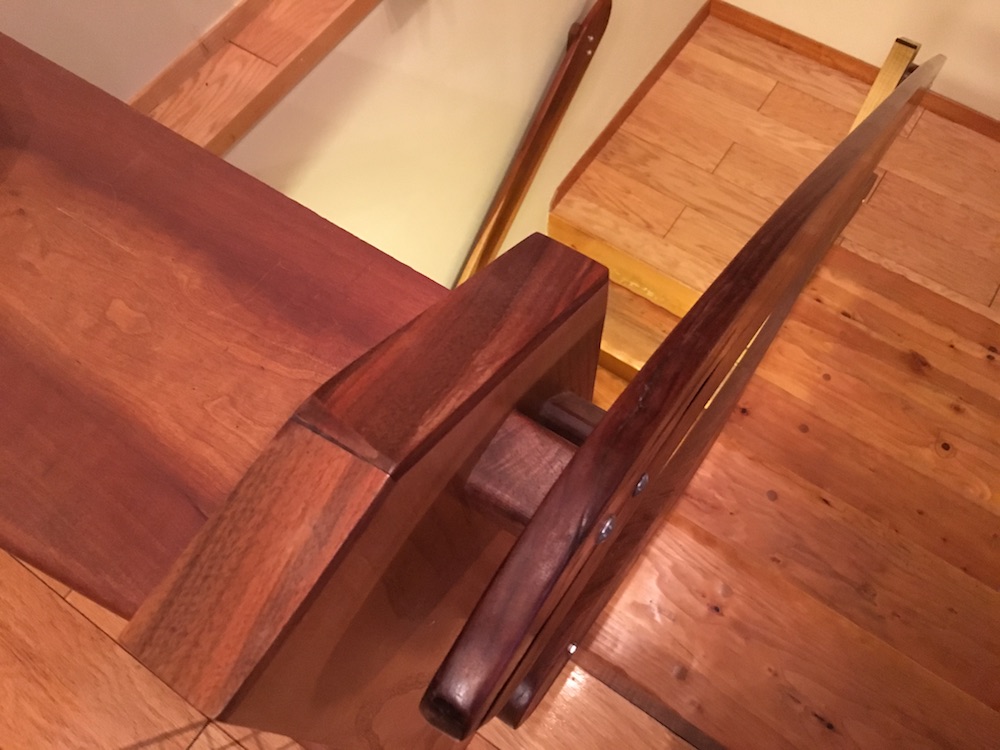
L nunc ullamcorper. Felis aliquet egestas vitae, nibh ante quis quis dolor sed mauris. Erat lectus sem ut lobortis, adipiscing ligula eleifend, sodales fringilla mattis dui nullam. Ac massa aliquet.
What Inspires Us
Some of the giants upon whose shoulders we stand.
s nunc, nunc corper. Felis aliquet egestas vitae, nibh ante quis quis dolor sed mauris. Erat lectus sem ut lobortis, adipiscing ligula eleifend, sodales fringilla mattis dui nullam. Ac massa aliquet.
What Inspires Us
Some of the giants upon whose shoulders we stand.
Although Windfall is filled with 21st century amenities and state-of-the-art technology, Bill Springer left evidence of his passion for artisan woodwork throughout the house. Stairways and bannisters, shelves and bookcases, all bear the maker’s mark.
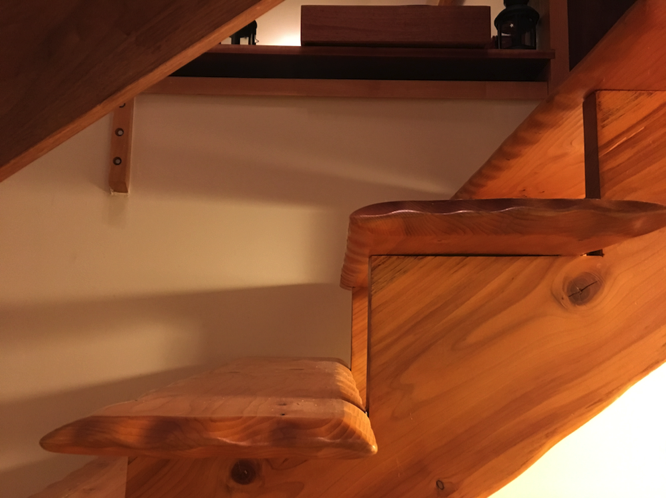
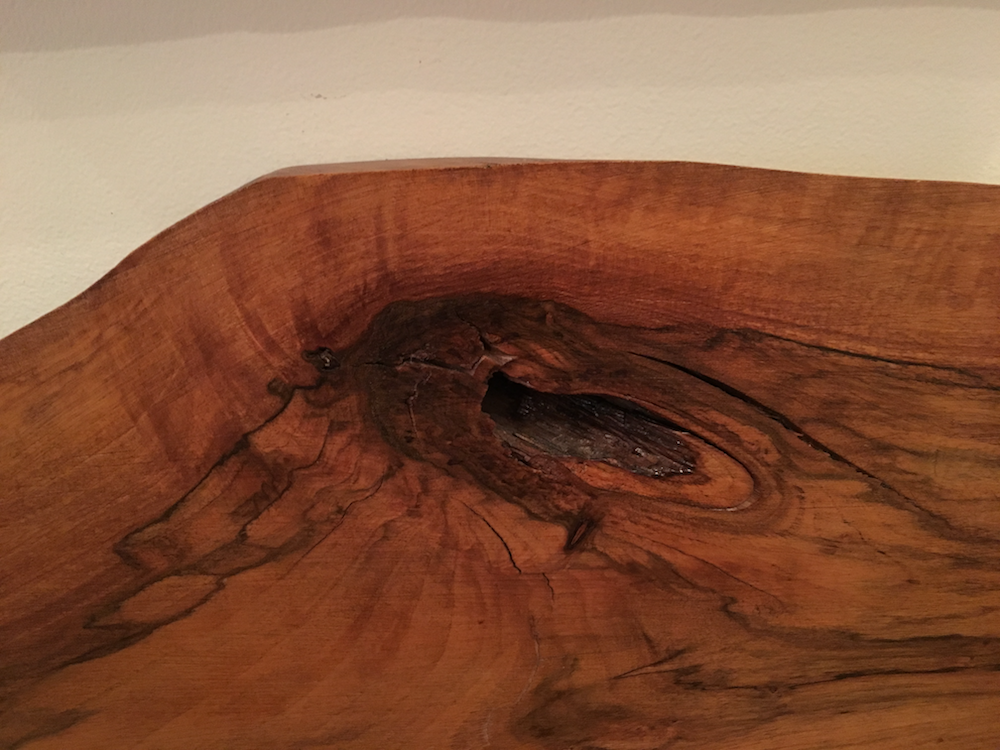
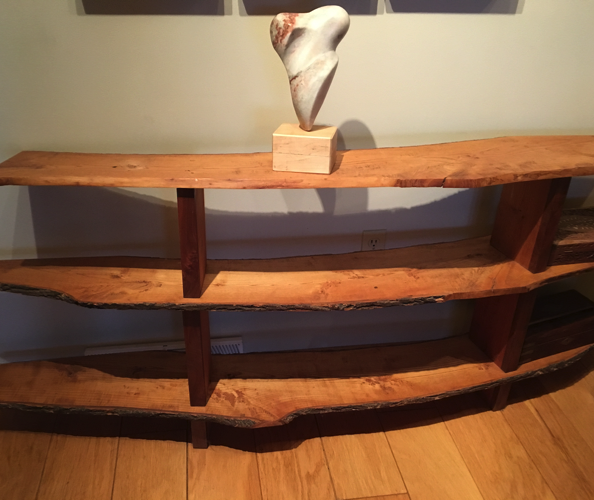
Sculpture by Karen Bailey
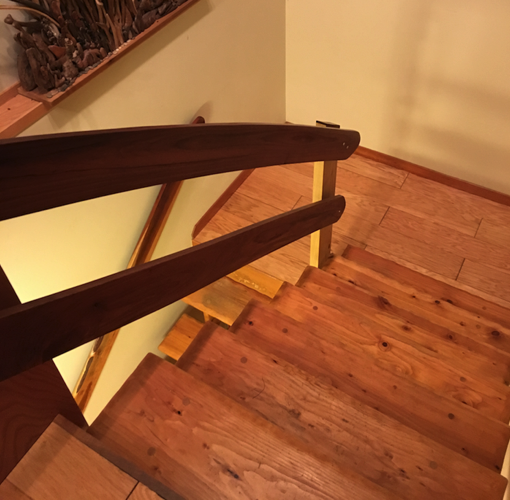
Sculpture by Lesta Bertoia
The rough-hewn quality and warm colors of the walnut stock that Bill favored softens the austere geometrical lines of our home’s walls and ceilings .
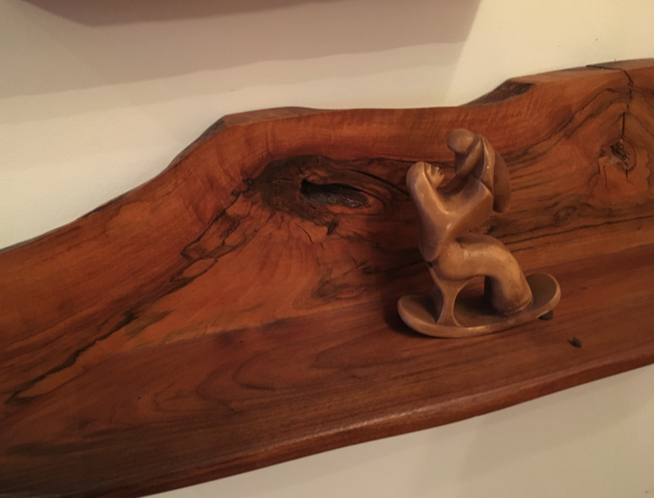
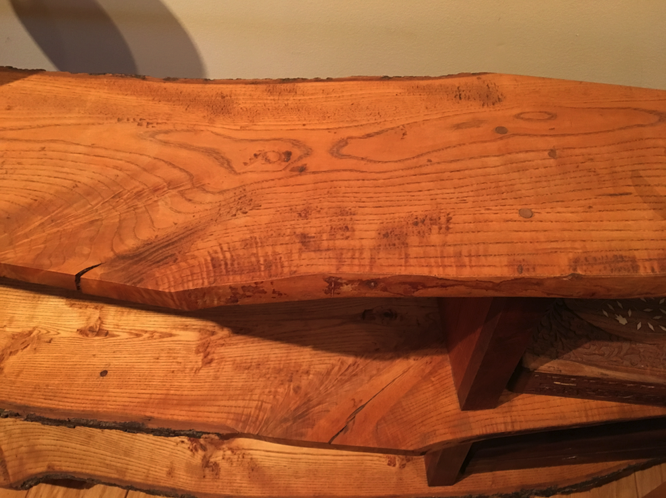
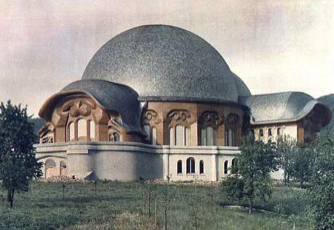
First Goetheanum exterior 1923
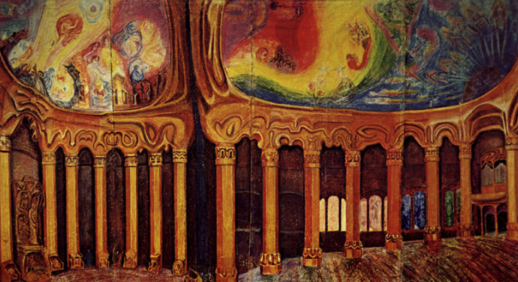
First Goetheanum interior cross-section
There also lives in our work the individuality of Rudolf Steiner, the creator of a host of transformative impulses in spiritual development, social life, and the arts. His remarkable architectural achievement, the First Goetheanum, was one of the most imposing wooden structures ever built. While skilled carpenters and craftsmen labored to build the ambitious edifice, hundreds of people from around the world carved forms out of the seven woods that served as the Goetheanum’s raw material. A century earlier, the German poet Goethe had recognized metamorphosis as a basic principle of biology; Rudolf Steiner brought it into the discipline of architecture, and the Goetheanum was as much a hand-carved sculpture as it was a building.
We try, as much as possible, to bring this principle of metamorphosis into our work, and to draw on the rich store of forms that Rudolf Steiner developed as a means of bringing even static objects into a dynamic relationship with their beholder.
We try, as much as possible, to bring this principle of metamorphosis into our work, and to draw on the rich store of forms that Rudolf Steiner developed as a means of bringing even static objects into a dynamic relationship with their beholder.
